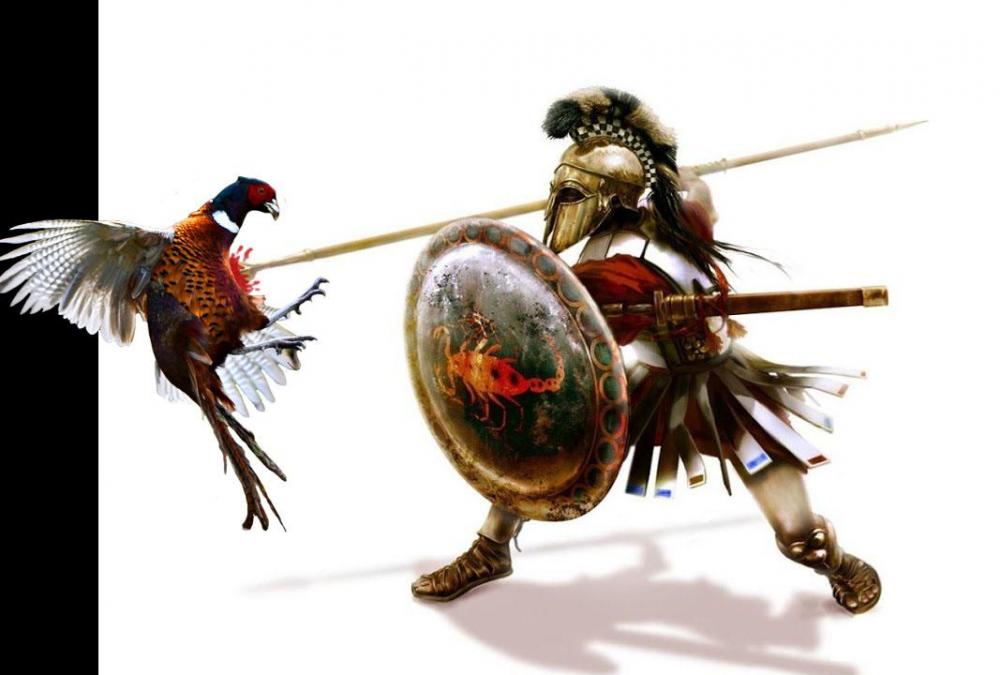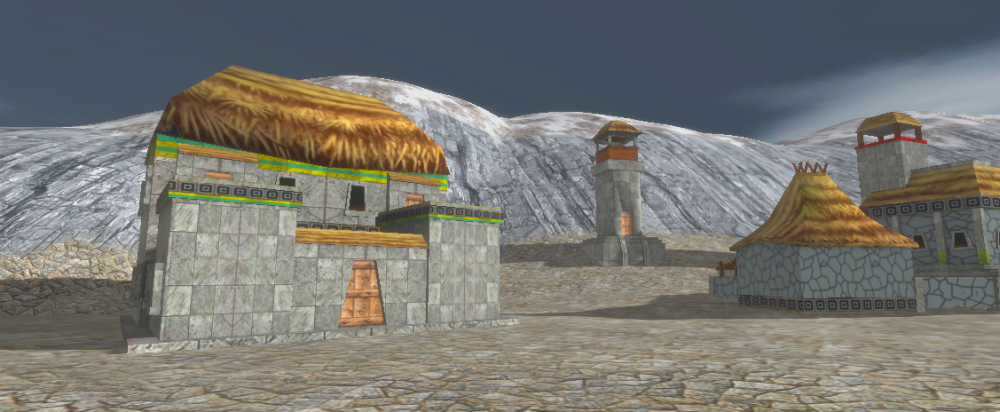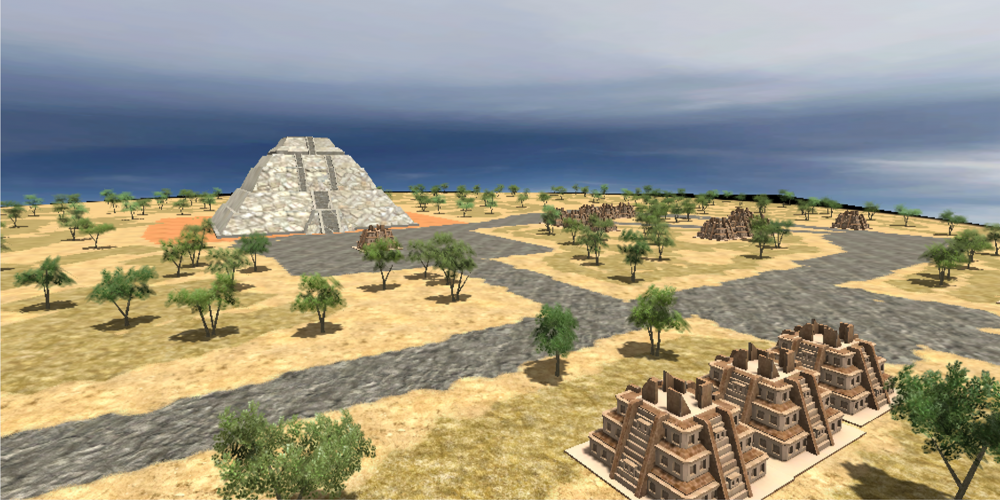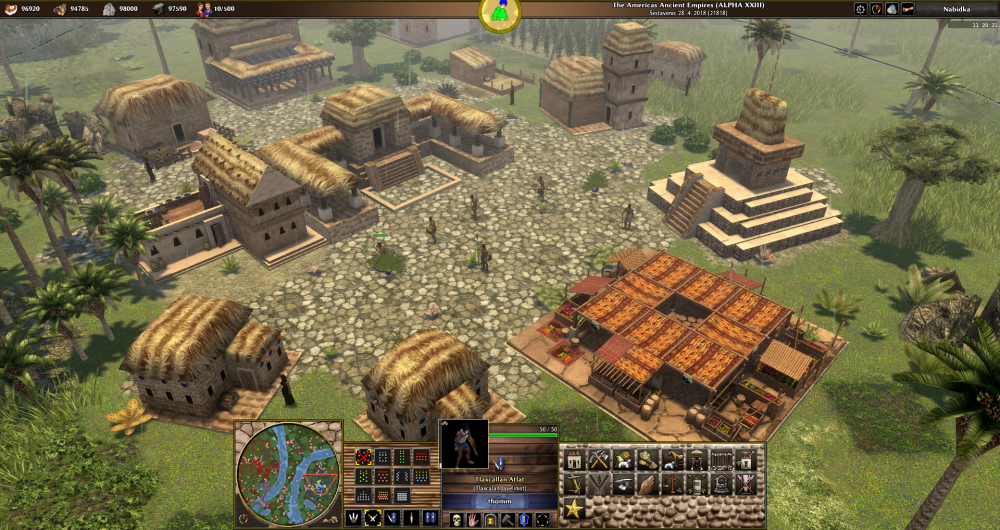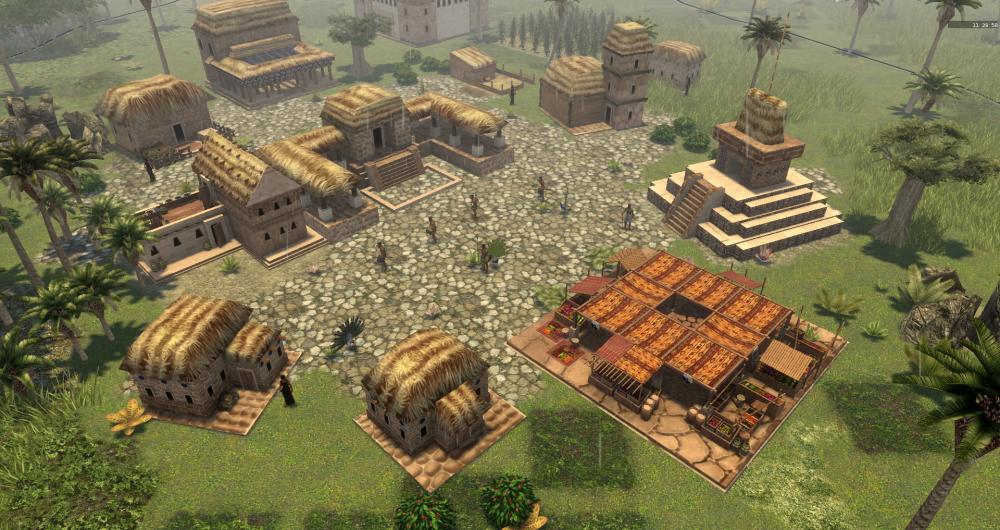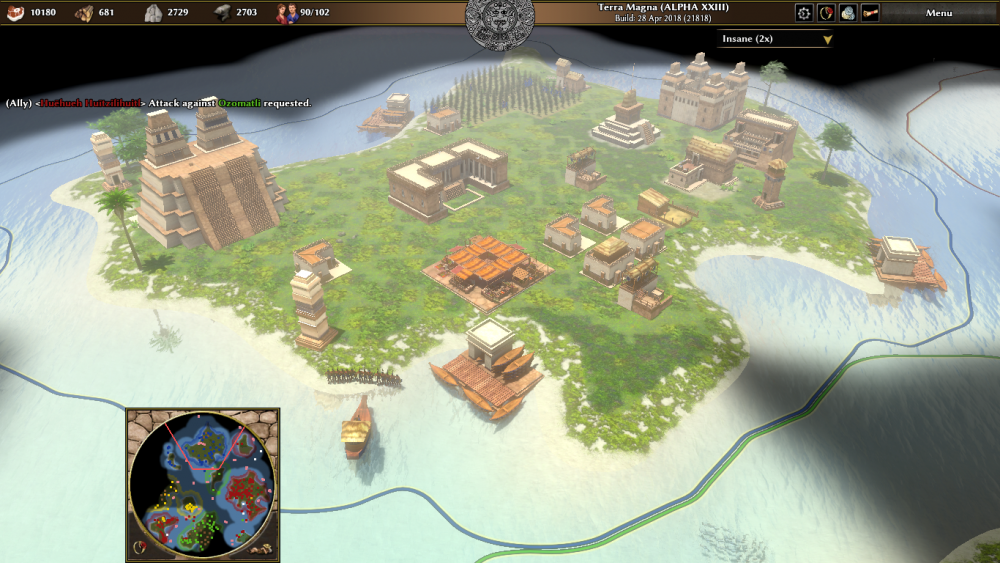Leaderboard
Popular Content
Showing content with the highest reputation on 2019-02-03 in all areas
-
I recently visited the Drents Museum in the Netherlands, they have an exposition called "Nubia: Land of the Black Pharaos", and decided to take pictures of some of the artifacts with their descriptions (unfortunately in Dutch), and the history texts (in English). I also recorded some music they played in the introduction video (which I guess is some generic Egyptian music). Not sure if this is useful for the community, but just in case... And it was pretty cool to see some of the references of the game in such exposition, like "Gebel Barkal". nubia.mp35 points
-
4 points
-
4 points
-
Why have a unit like that? It is totally ahistorical. Whacking at the ram with a sword or spear makes more sense given the fact that the best way to disable a ram is to kill the operators.3 points
-
3 points
-
I think that the main issue here is a platform issue as Stan points out. There is no guarantee the fonts will be present in all Linux distributions. I think you should contact the package manager of your distribution and ask them to look into using such a dependency, which would indeed be desirable from the user perspective.2 points
-
Kind of a random suggestion: make the corpses a bit "faded" in color, so it will be easier to identify live troops when they are fighting in a field full of dead bodies.2 points
-
@Emperior Base units for all civs brings more fun for SP games. Statistics or costs for added base units doesn’t need to be the same. For example on the movie series I watched about Rome Caesar has archer units. If archers are to be added to Romans it doesn’t need to be same costs as Mauryan, it can be doubled or it can be less effective so that it won’t be a goto unit for them. Just to have some added flavor to at least deploy them on walls or towers (tower meta is unrealistic as they fire arrows without garrison or effect on unit numbers, DE has). Same as any other units whether infantry or cavalry. For example whether Athens use or did not use cavalry champs historically it can be added too at maybe very high cost that MP gamers won’t really be using due to cost prohibition. But for SP games they will be awesome! We are aware that very few good players win using lots of champs nowadays except that Iberian have a very good chance to make a difference in the endgame (on team games). . Feldfeid is experimenting on his mod and it looks really promising revitalizing the game to induce the use of champs again rather than relying on unrealistic use of siege weapons. Nowadays some good players are transitioning their games to dominate early on and continue to maintain that early strategic military gains to subdue opponents. This is an indication that the game meta is improving albeit slowly by distancing from easy spam to a more fluid tactical and strategic gameplay. With this the game could be more fun and may exceed the average game length beyond 30 minutes.2 points
-
Coworotel, that was excellent! Thank you very much!! Seems to have been quite an interesting exhibition... I read all the descriptions and they were of an excellent quality, only very minor mistakes, but I liked it. Whoever wrote it did their homework Also, I didn't realize you were a Dutch-speaker (or did I forget?)2 points
-
Update: five texture; slightly moved the swords to fill the empty space, added the rope texture into the texture in case a weapon use it later (Bows for ex), Also polished a bit the sword texture for a cleaner and shiny version (Still want to have cubemaps reflections as a material for weapons and helmets reflecting the skybox). Gonna make two weapon textures, 1 As it is now and Golden version for not having to make multiple meshes for just a golden piece (so modders who need a golden sword just change the texture variant). Prayse the new swords: textures:2 points
-
Please, support copy paste of hostname or ip address (IP4 and IP6) when joining a game. This doesn't work on version 0.23 on Linux and macOS.1 point
-
Please, remove the fonts files and add font dependencies in Linux package. The following files can be removed package 0ad-data-common version 0.0.23: /usr/share/games/0ad/tools/fontbuilder/fonts/LinBiolinum_Kah.ttf /usr/share/games/0ad/tools/fontbuilder/fonts/LinBiolinum_RBah.ttf /usr/share/games/0ad/tools/fontbuilder/fonts/LinBiolinum_RIah.ttf /usr/share/games/0ad/tools/fontbuilder/fonts/LinBiolinum_Rah.ttf /usr/share/games/0ad/tools/fontbuilder/fonts/DejaVuSansMono.ttf /usr/share/games/0ad/tools/fontbuilder/fonts/FreeMono.ttf /usr/share/games/0ad/tools/fontbuilder/fonts/FreeSans.ttf /usr/share/games/0ad/tools/fontbuilder/fonts/FreeSansBold.ttf /usr/share/games/0ad/tools/fontbuilder/fonts/FreeSansOblique.ttf /usr/share/games/0ad/tools/fontbuilder/fonts/FreeSerif.ttf /usr/share/games/0ad/tools/fontbuilder/fonts/FreeSerifBold.ttf /usr/share/games/0ad/tools/fontbuilder/fonts/texgyrepagella-bold.otf /usr/share/games/0ad/tools/fontbuilder/fonts/texgyrepagella-regular.otf actually, remove the entire direcotry /usr/share/games/0ad/tools/fontbuilder and add the package dependencies to the following font packages: fonts-dejavu-core fonts-freefont-ttf fonts-linuxlibertine fonts-texgyre Also check if the usage of the fonts in 0ad needs to be changed from absolute paths to paths as offered by font-config. Fixing this removes the size of the 0ad packages and enables using the latest version of the fonts on Ubuntu, Debian and other GNU/Linux distributions.1 point
-
Copy&pasting in text-fields is already implemented. It's just bugged a little, I have to paste twice for the content to be right.1 point
-
Queen Katimala, the first ruling Queen of Kush Queen Shanakdakheto is often cited as the first ruling queen of Kush. There are no ruling queens known from the Napatan period, and Shanakdakheto was indeed the first attested ruling queen of the Meroitic period. But in the long history of Kush, there was one before her, not often cited. Queen Katimala (sometimes Karimala), a Lower Nubian ruler, post-dates the collapse of the New Kingdom, but predates the establishment of the Napatan Dynasty. She is known from a single long inscription on the temple of Semna in Lower Nubia, on a repurposed wall previously used for other inscriptions. The Queen dates from a period known as the Nubian Dark Ages, a period mired in obscurity because of the lack of royal inscriptions and monumental architecture in this period. She doesn't seem to be Egyptian, her name having a close parallel in the Meroitic "Kdi-mel(ye)", but her relation to the later Napatan rulers is unclear as well. So is the extent of her rule, although we know that she ruled over at least 30 chiefs. From the text, she seems to be an embattled queen, referring to the Egyptian rulers to her north at Avaris as "Asiatics" and referring to the Kushite rulers to her south as "Nehesi". Her kingdom was facing recurring troubles described as chieftains who robbed gold and silver (perhaps desert nomads or rebellious chiefs). The King who ruled before her, and may have been her husband, was defeated in some conflict, and became unfit as a ruler ("stripped of his strength"), upon which Katimala assumed the throne and led a succesfull campaign against an enemy known as Makaresh. The inscription is basically a brutal rebuke of the (cowardly) rulers that preceded her, and a vindication of her own rule, based on her effectiveness in dealing with the threat facing her state, and of course, by the power of the almighty Amun. She was clearly a fierce woman! Quoting a random snippet from this 3000 year old inscription: "Aggression is bravery, retreat is wretchedness!" Read the entire inscription (in it's original form as well as the translation), accompanied by a lengthy discussion here: The Inscription of Queen Katimala at Semna: Textual Evidence for the Origins of the Napatan State (Yale Egyptological Studies) The_Inscription_of_Queen_Katimala_at_Sem.pdf1 point
-
Indeed, I was also very surprised by their level of sophistication when I started researching them in depth. The longevity of their culture and adaptability to the ever changing world around them is also remarkable. I've never seen the relief of the senet player before... Marvelous! It's one of the oldest known boardgames and was very popular in Egypt as well since the Old Kingdom. Ah... Then what languages do you speak? I'm a proud armchair historian , nothing professional... I've been reading history since I can read, starting with those cool illustrated history books for kids, about Romans and Greeks, Ancient Egyptians and Assyrians and so on. When I was a little older I got bored with the kiddy stuff and started reading much more serious stuff, especially Egyptian history and when I went to high school I studied Latin and Greek for a few years. I switched to science later on, but I always continued reading history. Most of all, I'm a generalist (if it's pre-industrial, I like it), but I love everything about Antiquity and pre-colonial African history in particular. The Kingdom of Kush offered this beautiful intersection between the two... When I realized the added value they could bring to 0AD, I decided to go hard, and started researching them from scratch, and started realizing how little I really knew about them. Studying them blew my mind more than a few times. I also realized how few people really knew anything about them, and I started feeling a lot of responsibility to tell their story, and illustrate it, so that people can actually visualize them properly. These people built great monuments to stand the test of time and left long inscriptions to immortalize their names in our memories, and remember them we shall Egyptologists far outnumber Nubiologists and often, their usual discourse on "the Nubians" is really distasteful and even arrogant. Many of them disregard their history based on their own lack of knowledge on the subject. It's almost as if they feel uncomfortable with the idea of Kushites dominating Egypt (more than once). The 25th Dynasty is even omitted from the list of Dynasties on the facade of the Egyptian Museum in Cairo... For generations, the story of Kush has been told through the eyes of the Ancient Egyptians and the propagandistic early New Kingdom inscriptions dating to the time of the Egyptian conquest in particular. Today there is actually a large community of international historians, archaeologists and other academics specializing specifically in Kushite history of the Kerma, Napatan and Meroitic periods, those 2500 years of independent Kushite rule that are hardly mentioned anywhere today. But these are hardcore academics, and although they are doing amazing work in their respective fields, they are very poor at getting their research out to the general public, and amazing finds can languish in storage or libraries for years before anybody really looks at them. Another problem with the professional academics is that they often tunnel vision on their particular speciality, sometimes being somewhat unaware of developments in other fields, and therefore unable to understand the true significance of some of their own finds and how they tie into the bigger picture... But things are changing rapidly, and that exhibition you went to is a very beautiful illustration of this. Also, being a generalist myself has allowed me to do a "full survey" of their history, identify some of the world's foremost researchers and research institutions specializing in the subject, combined with my tenacity at digging up primary sources from the many archives from all around the world has allowed me to base myself primarily on these primary sources (texts from local inscriptions, images from reliefs, architecture from archaeological remains and the large myriad of artefacts from their graves and other sites), so I could confidently tell the story of Kush through the eyes of the Kushites themselves! I'm honestly still in shock about how much there really is. And I can tell you that we are still just scratching the surface here! There are entire cities that have not yet been properly excavated! Entire regions that have barely even been surveyed... Even Meroë and Napata themselves lie mostly unexcavated (literally less than a quarter in both cases). I still have several posts worth of references myself that touch on some of the discriptions and artefacts in the exhibit you visited. Thanks again! The ceiling with the blue faience flowers and the wall with the faience lion for example is quite interesting because of their age. It belongs to the Kerma period and is one of those many things that illustrate that what we consider "Egyptian" is actually part of a larger Nile Valley culture, that developed simultaneously in Egypt and Kush, prior to the Egyptian conquest of Kush. Kushites weren't just copying Egyptians, they were actively influencing the development of Egypt itself, as Egypt was influencing the development of Kush. Truly symbiotic... That archery quiver is actually in game, check out the Kushite champion archers1 point
-
It was indeed. I was surprised by the level of sophistication of the Kushite culture. Very detailed work in gold, and they even had some board game - called "senet" - that looks like chess (one of the pictures above). I'm not haha. I'm just visiting the country for some time, my understanding of Dutch is extremely basic. Just by curiosity, are you a historian? You seem to have an extensive knowledge of their history. My motivation with these pictures was to provide some extra material for the game, I remembered your posts when planning the Kushites and thought that maybe the museum stuff might not be easily accessible (not sure). Some useful examples that I think could be easily applied to some units/buildings: the ceiling picture (with the blue flowers), the blue lion, the archer quiver. The small amulets could be props for soldiers/civilians and the shabtis for buildings (maybe). But I'm not a specialist so correct me if I'm wrong.1 point
-
Reworking all civs so all of them has the same units its a bad idea, if understand it correctly. Currently all civs are special in their own way and all of them has pluses and negatives. Hopefully the last sentance of this quote won't be added.1 point
-
If I ever do something for the main game I am the copyright holder of original works I post in the Wildfire Games 0 A.D. Art Development forum. I hereby release all original works I uploaded to this forum in the past, and those I will upload in the future, under the Creative Commons Attribution-Share Alike 3.0 Unported license.1 point
-
1 point
-
Detailed overview of the cultural and political interchange around ancient Nubia, and recent archaeological discoveries. Presented by Stuart Tyson Smith, UC Santa Barbara at the Oriental Institute.1 point
-
1 point
-
0abc has been largely updated to A23. Changes include, but are not limited to: introduced a new resource: silver pierce damage is split into pierce (arrows) and thrust (spears) units and some structures steadily consume small amounts of resources (upkeep) increased unit training and technology research times a greater variety of aura range visualization markers merged Athenians and Spartans into a single faction, the Greeks disabled unit promotion, champions, heroes, team bonuses; they might be reintroduced at a later stage all civilization bonuses and penalties are replaced with new ones structures: economic structures can be constructed in neutral territory dropsites are just that: dropsites; all economic technologies are moved to the market, which is now available in the village phase town phase requires a market, city phase a temple centres can be part of trade routes walls are stronger but also more expensive and slower to construct; all factions have palisades (village), siege walls (town), and city walls (city) fortresses have a territory root, are purely defensive structures, have somewhat more health, but no longer train any units all factions have cavalry stables (village) and siege workshops (town); most have separate economic docks (village) and military shipyards (town); many have elephant stables (city) units: all units are bribable (vision sharing), except for fauna fauna is no longer visible in fog female citizens renamed to women; they can no longer build or repair cavalry can no longer gather resources camelry, chariotry, and elephantry are no longer considered cavalry chariotry can no longer attack ships, siege, or structures siege engines are no longer capturable battering rams can no longer attack organic units all factions can construct rams (town) changed population costs: dogs and ships: 0 support and infantry: 1 camelry and cavalry: 2 biga chariots and siege engines: 4 quadriga chariots, war elephants, and siege towers: 6 numerous minor tweaks and balances, most of which will probably go unnoticed1 point
-
1 point
-
1 point
-
1 point
-
1 point

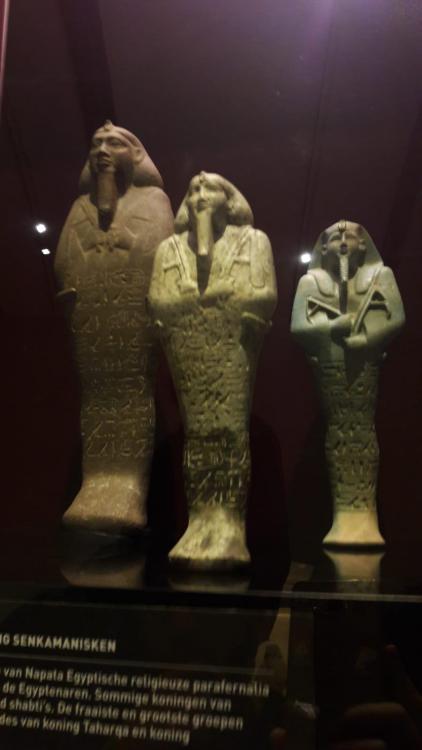
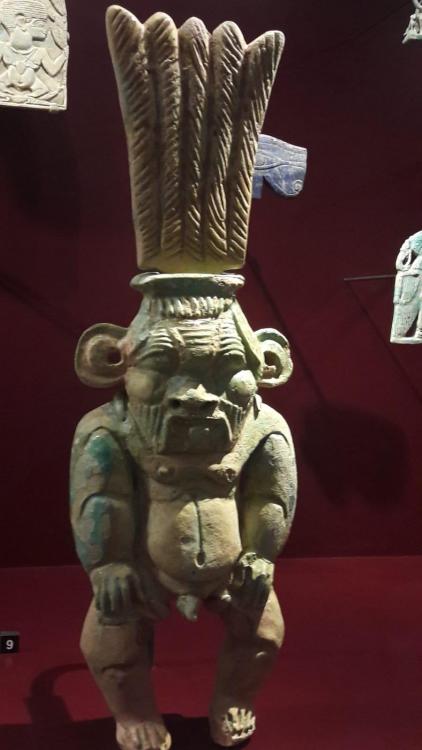
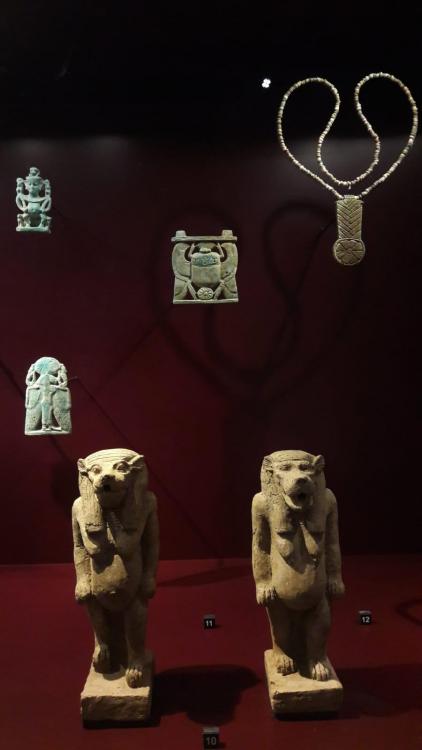
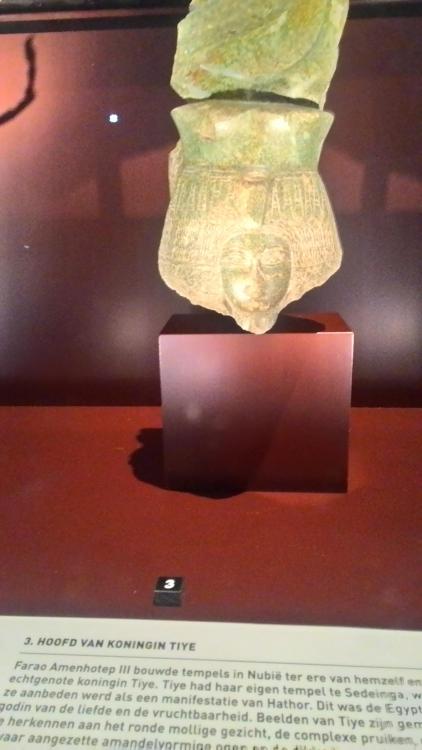





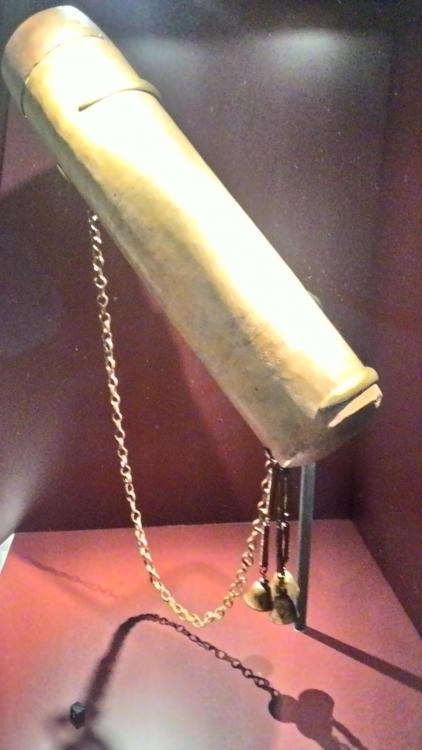
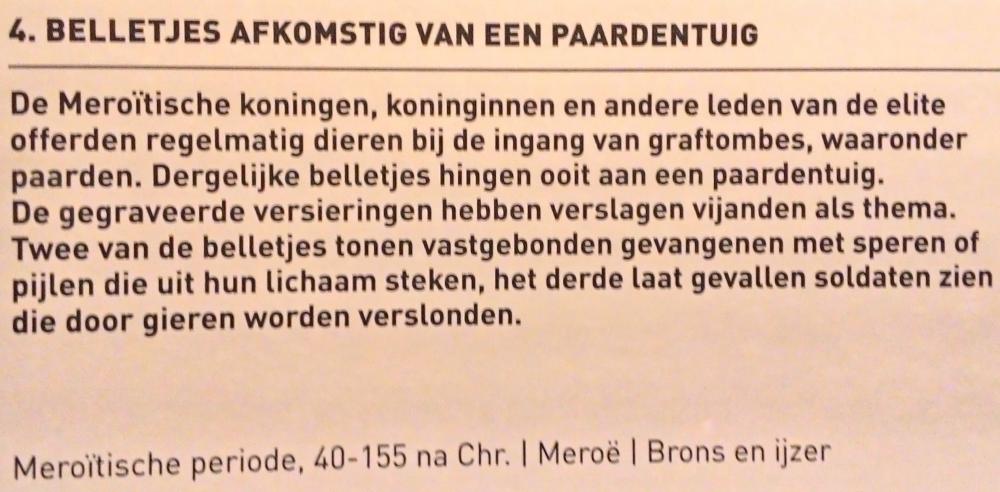
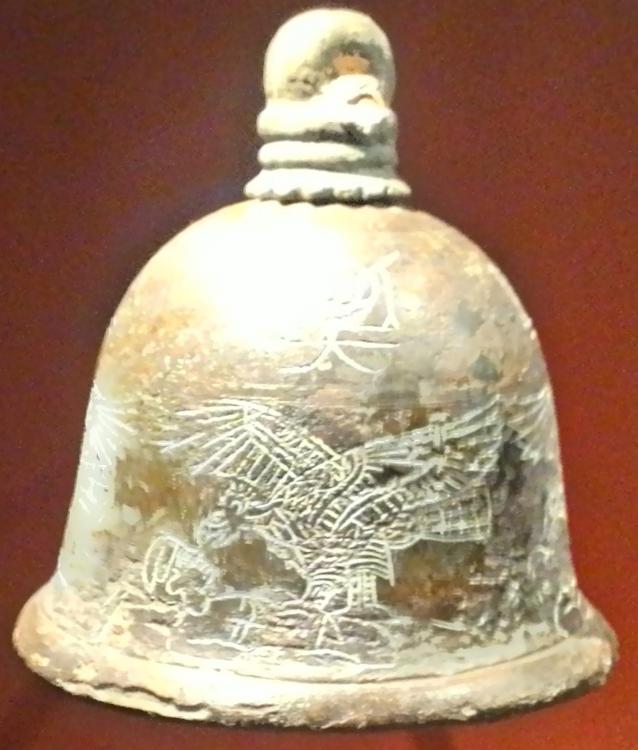
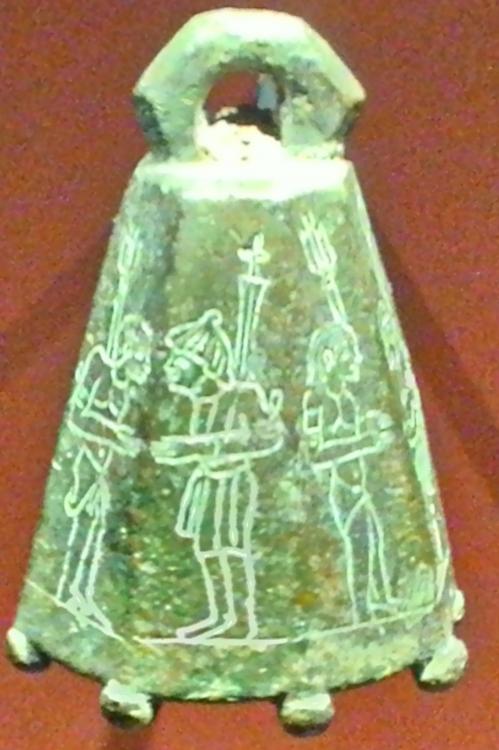
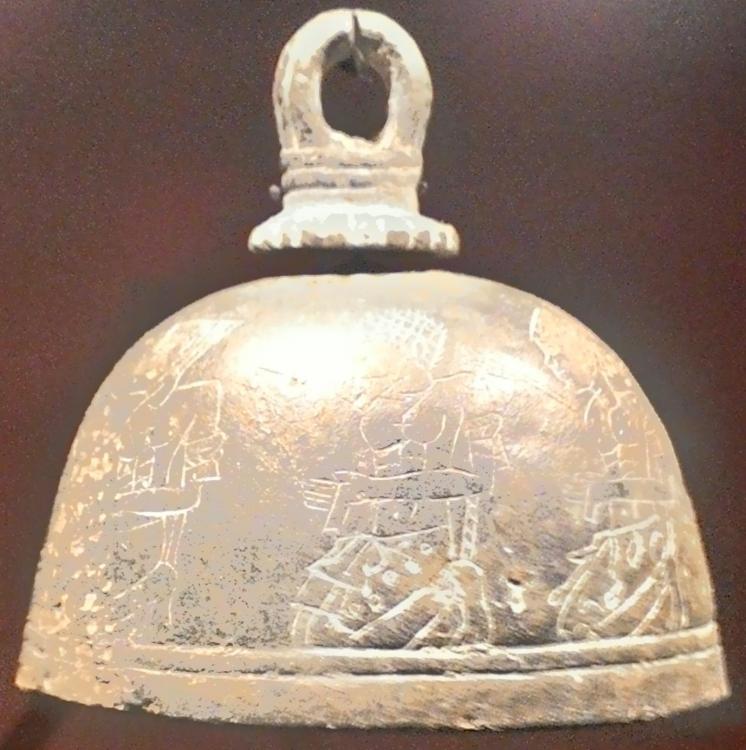
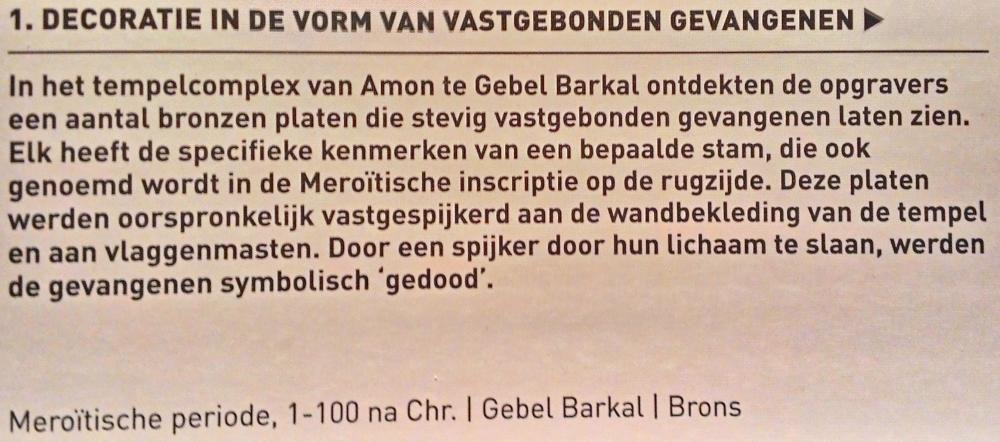
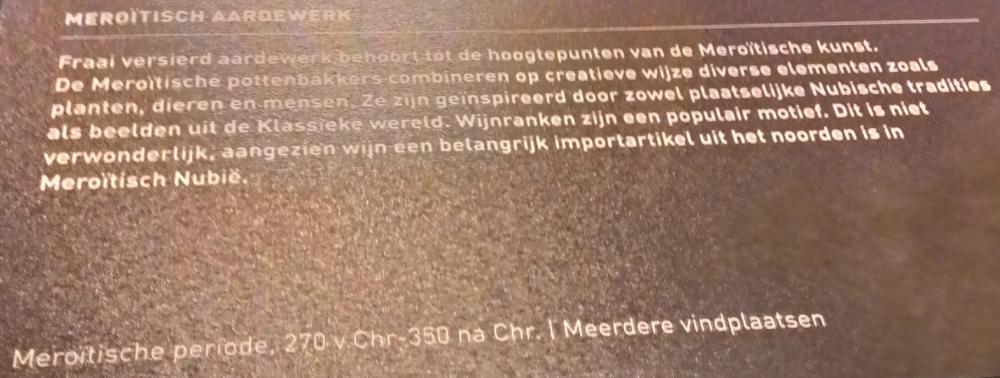
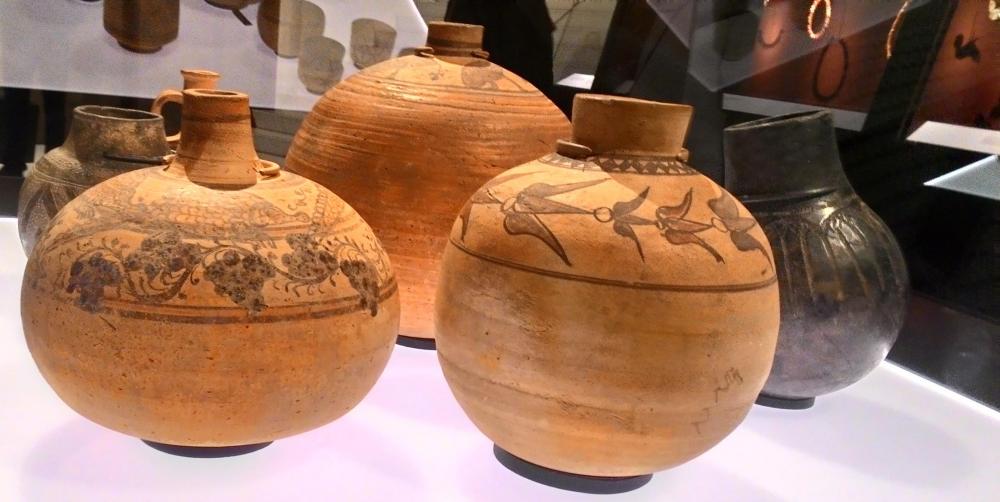
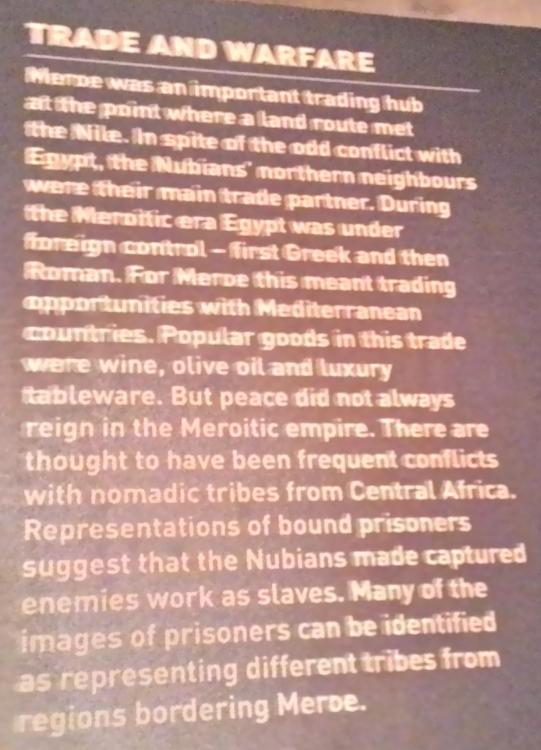
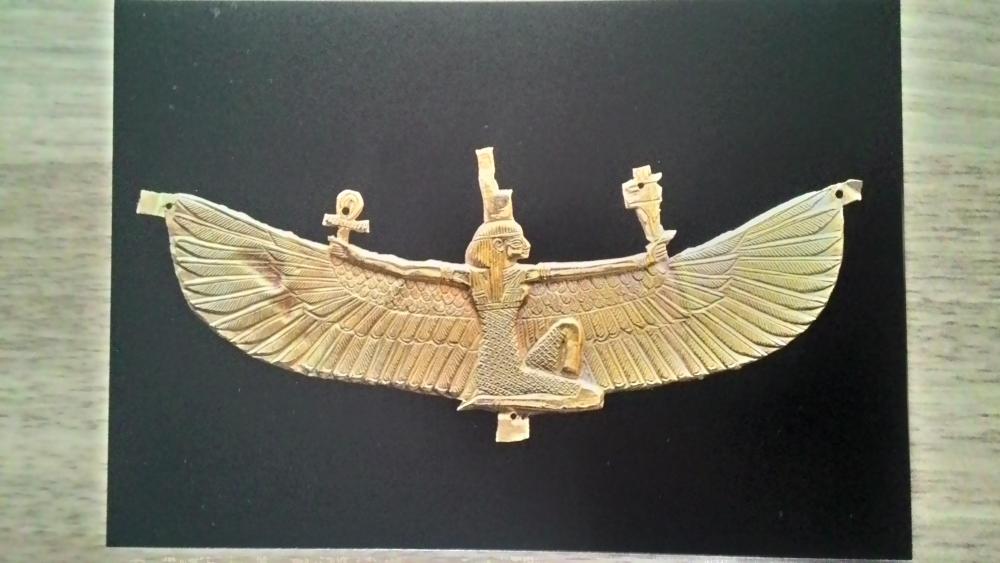
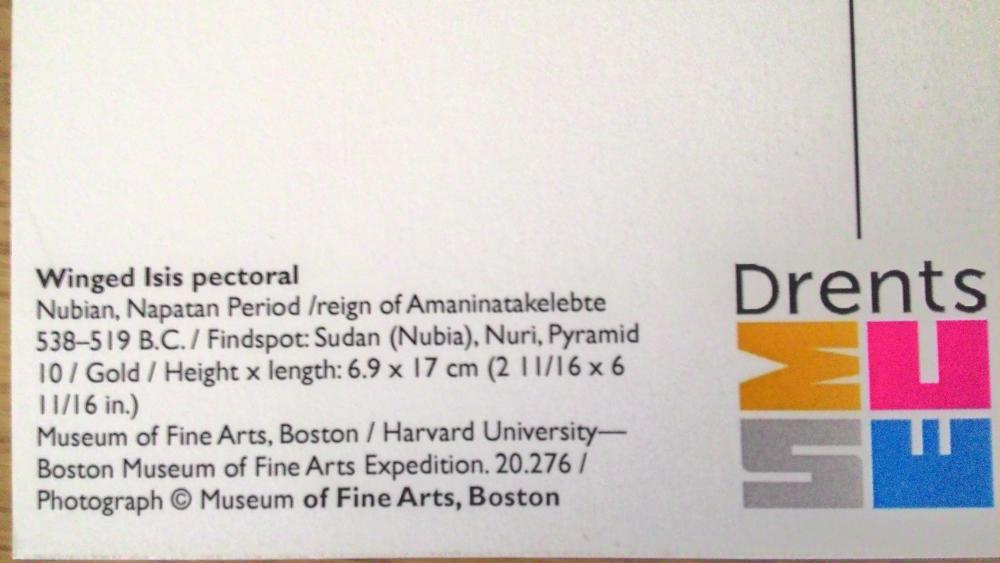
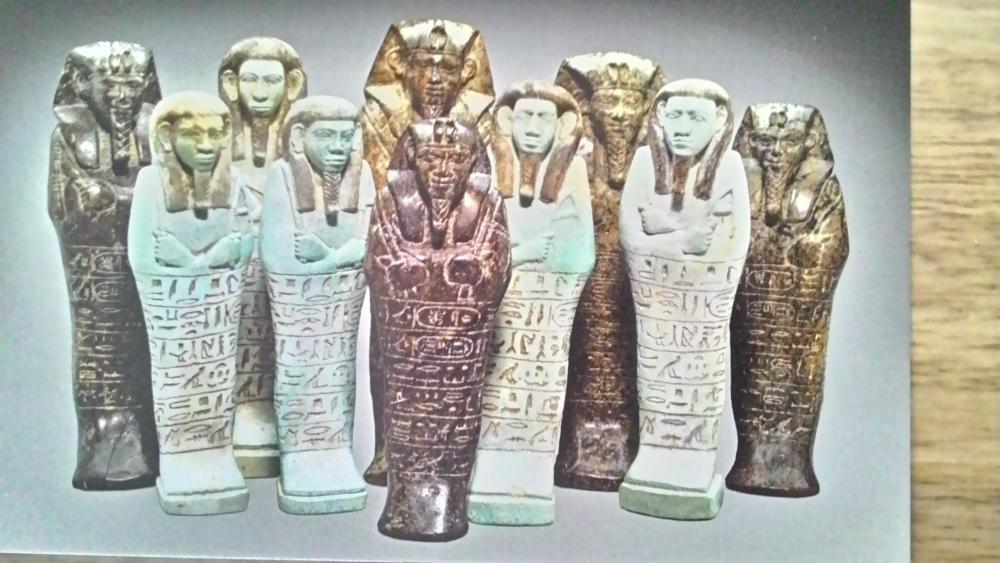
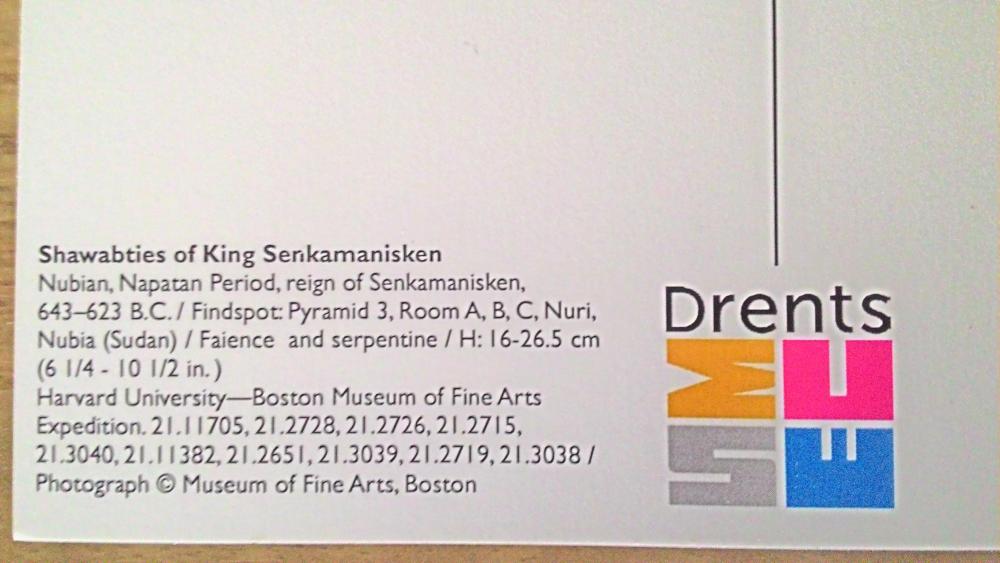
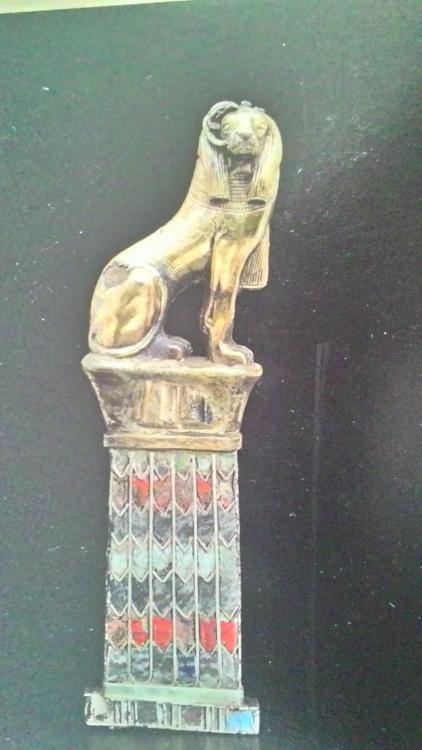
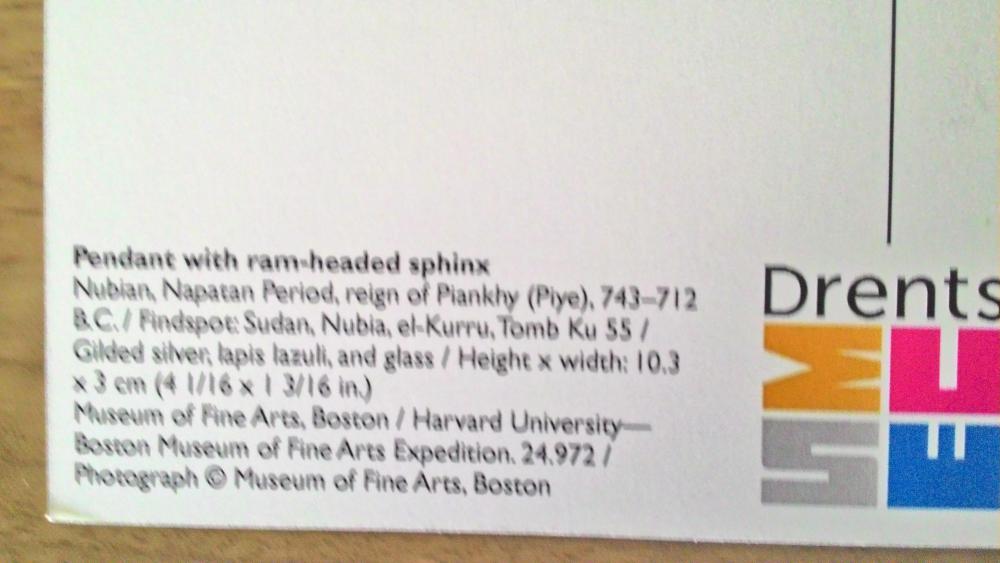
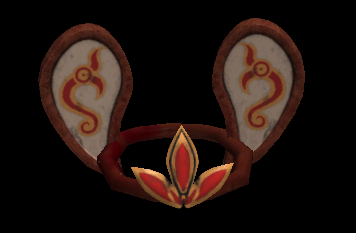
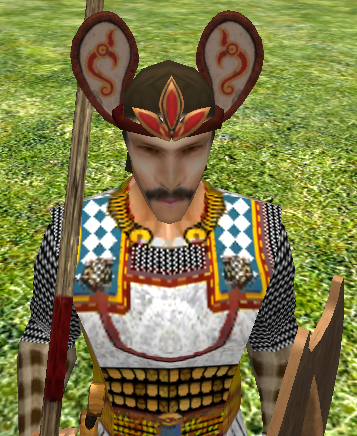
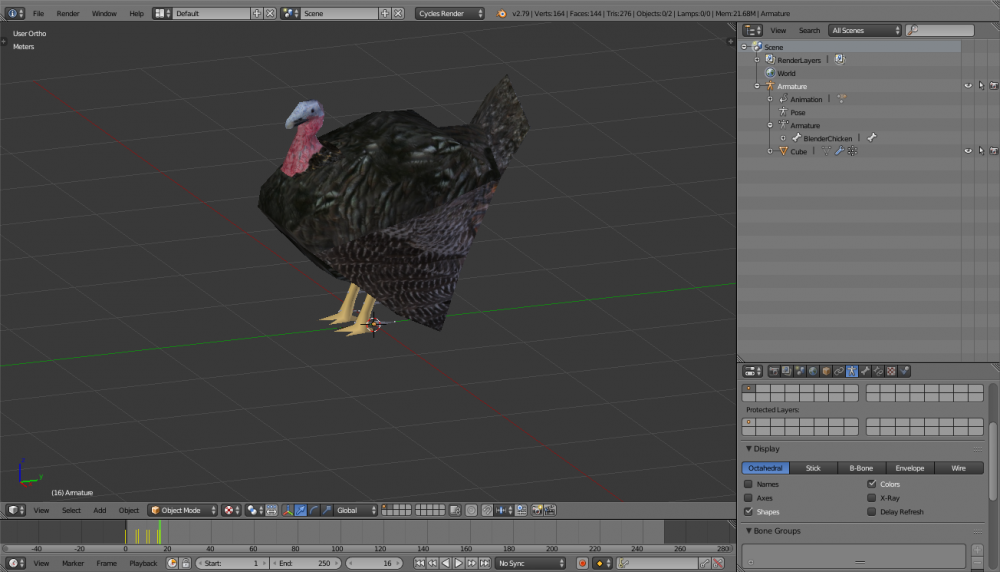





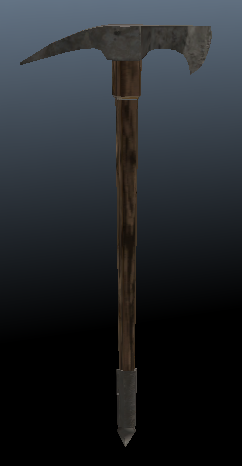
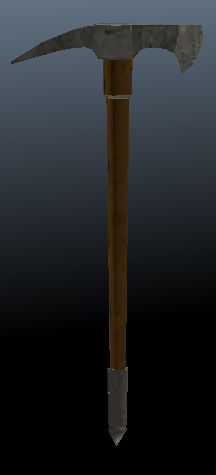
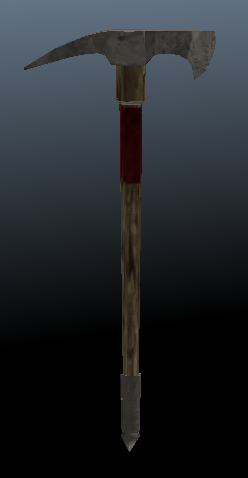
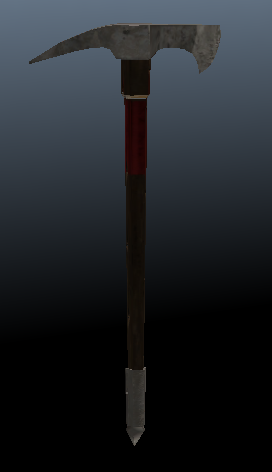
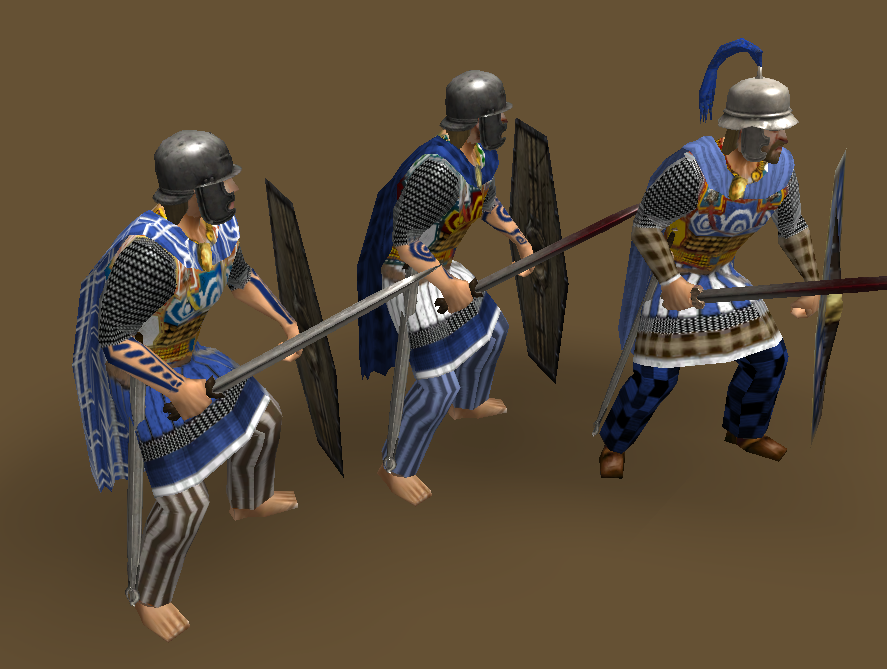
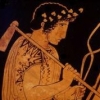

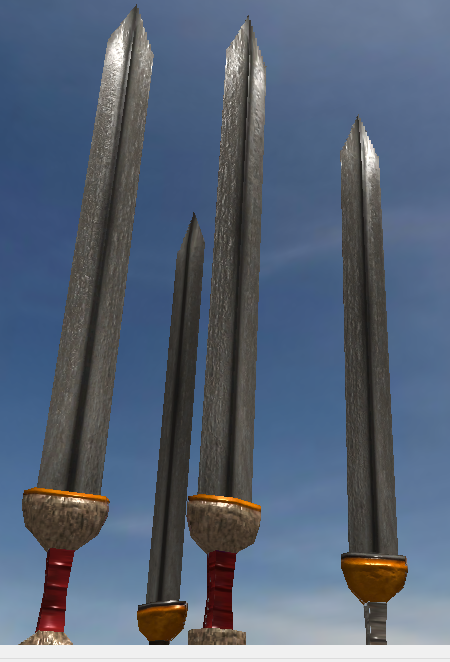
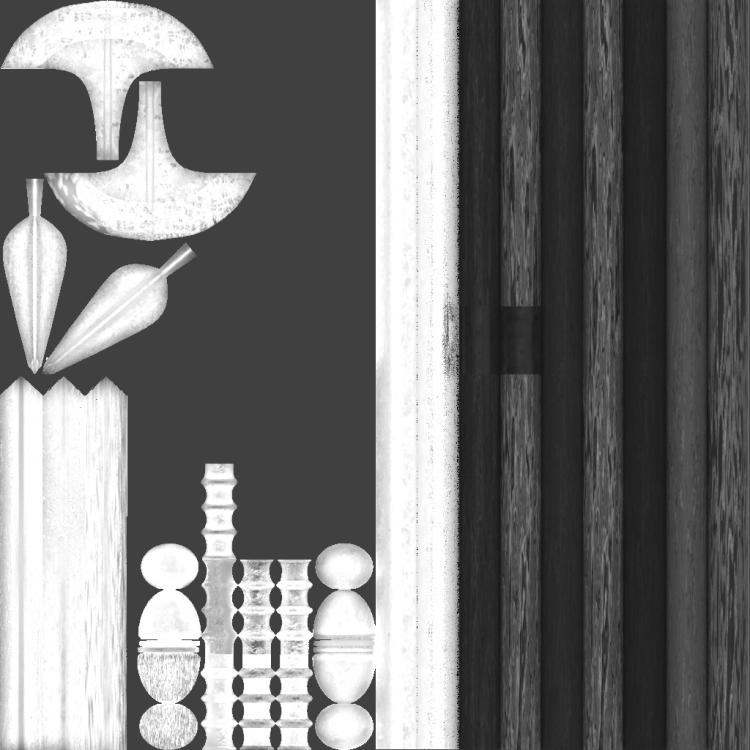
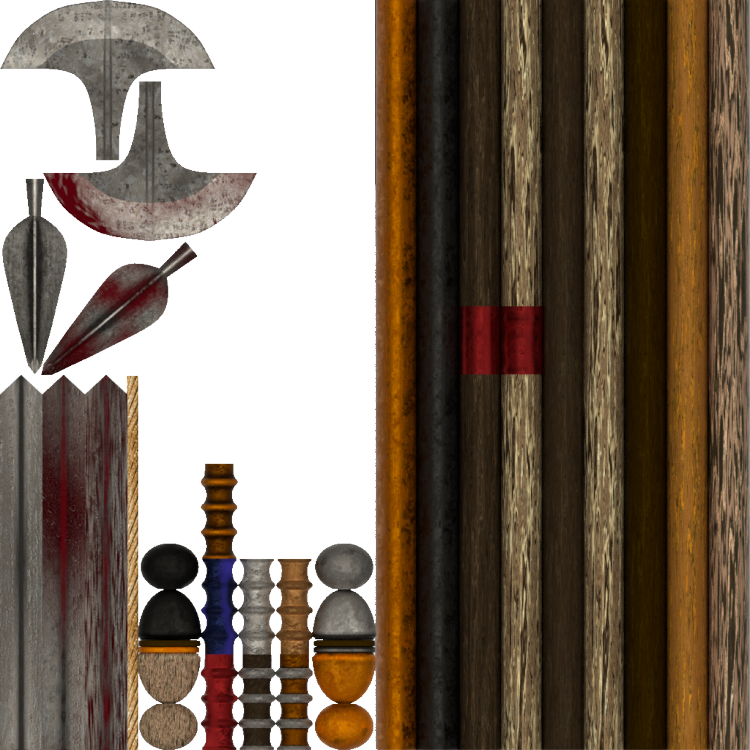

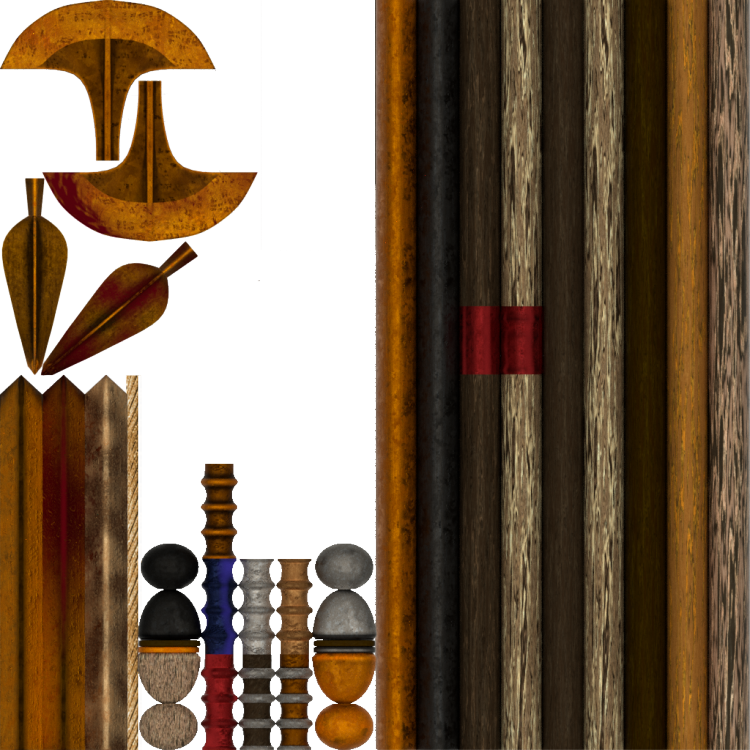
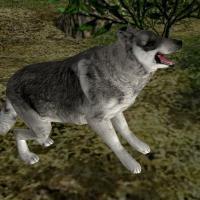
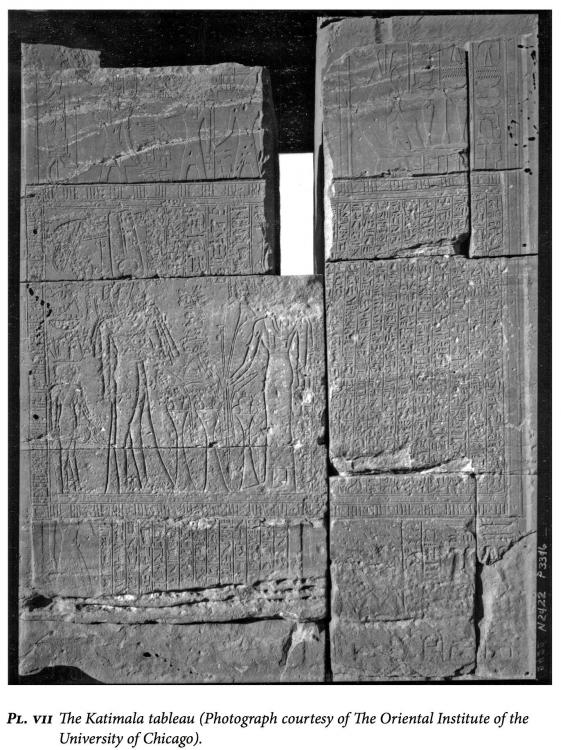
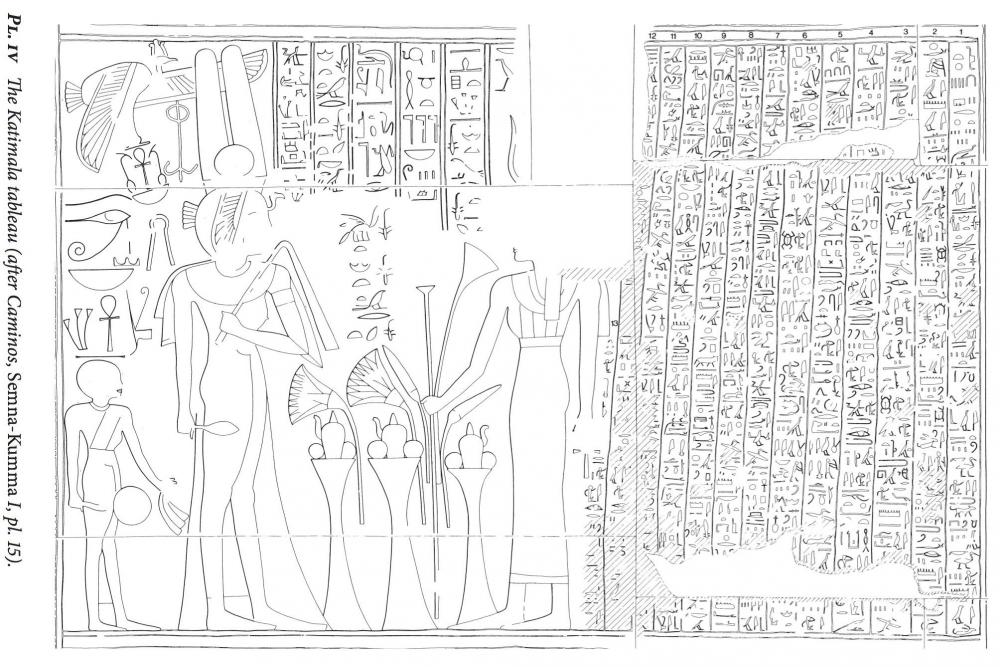
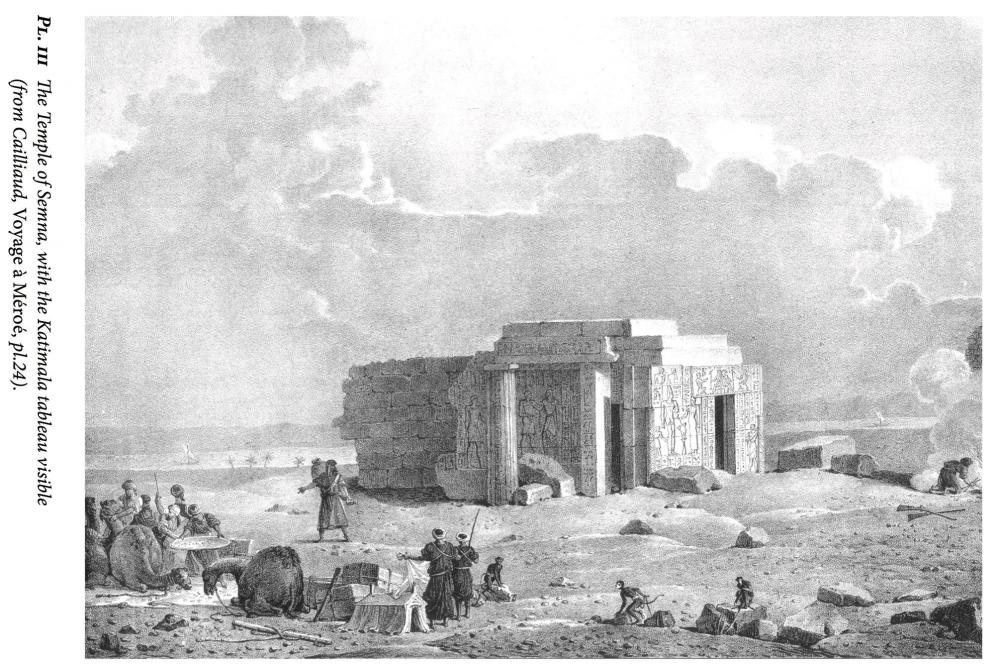
.thumb.jpg.b21ca1d0c15fb56b42c39b25a0a40815.jpg)
